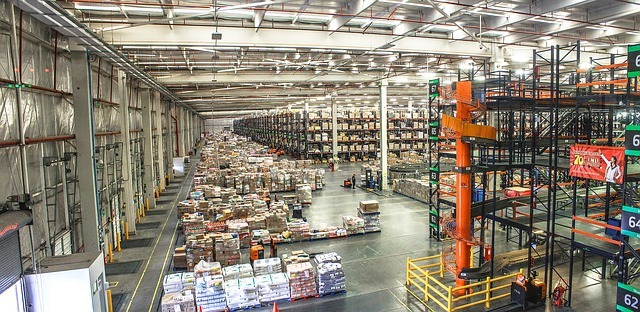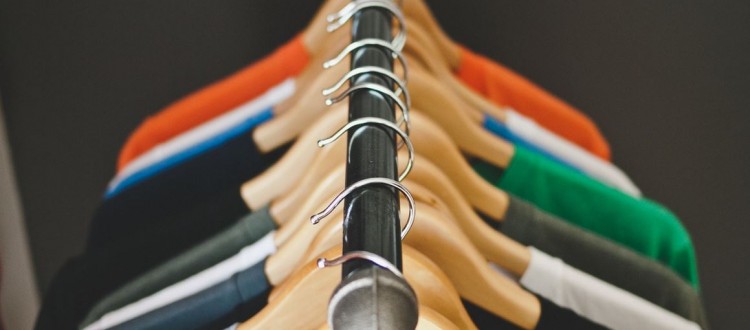What is the Future of Big Data in Retail?
It’s already well documented that big data can help retailers understand their customers, reach new revenue streams, and even improve customer interaction by timely and location-based offers and incentives. What isn’t as well understood is how big data will affect the future of retail. Here is a peek into tomorrow.
Big Data and the IoT

As the Internet of Things becomes a thing, more retailers will enable their physical stores with sensors that can detect when a nearby shopper has your app installed on their phone or tablet. The app can then deliver timely incentives and offers to help turn over more products and introduce shoppers to new products that they may not have seen or heard of before. This is just one use of the IoT, of course, but it will be a powerful one for retail marketers.
Big Data and the Buzz of Social Media
For all the fanfare over social media data, retailers get more useless chatter than real data. But with better data analytics, retailers can filter out all of the useless noise and home in on the real data where it applies to what they need to know about their customers, public perception of their brands, and how people are responding to their products.
Big Data and Pricing
Big data can also be used to establish better pricing models. Would customers be willing to pay more if the product included X feature? Would you sell a million more items if the product was priced at $1 less? These kinds of issues can make a huge difference in terms of profits, and big data is quickly becoming useful in answering just these kinds of questions.
Big Data and the Supply Chain

Big data will also be useful to retailers outside of the customer relationship. For example, big data is already making a big impact on supply chain management and logistics. Big data can determine what region that a new product is going to be the most (as well as the least) popular, and determine the best route to get more stock delivered there. Additionally, big data can help you find the best supplier relationships and is even useful for managing those relationships and negotiations.
Big Data and Store Designs
What store layout results in the maximum gross sales? Big data can tell you. Some stores have managed to improve revenue significantly by making minor adjustments to the layout of their retail stores. Big data can help with product placement, display colors, display styles, and even the floor plans, arrangements of cash registers, and staffing and scheduling. There are few aspects of running a retail facility that big data won’t one day play a starring role in.
Are you looking for more insight into how big data can help your retail operations? Sign up for our newsletter at the top of this page today.


